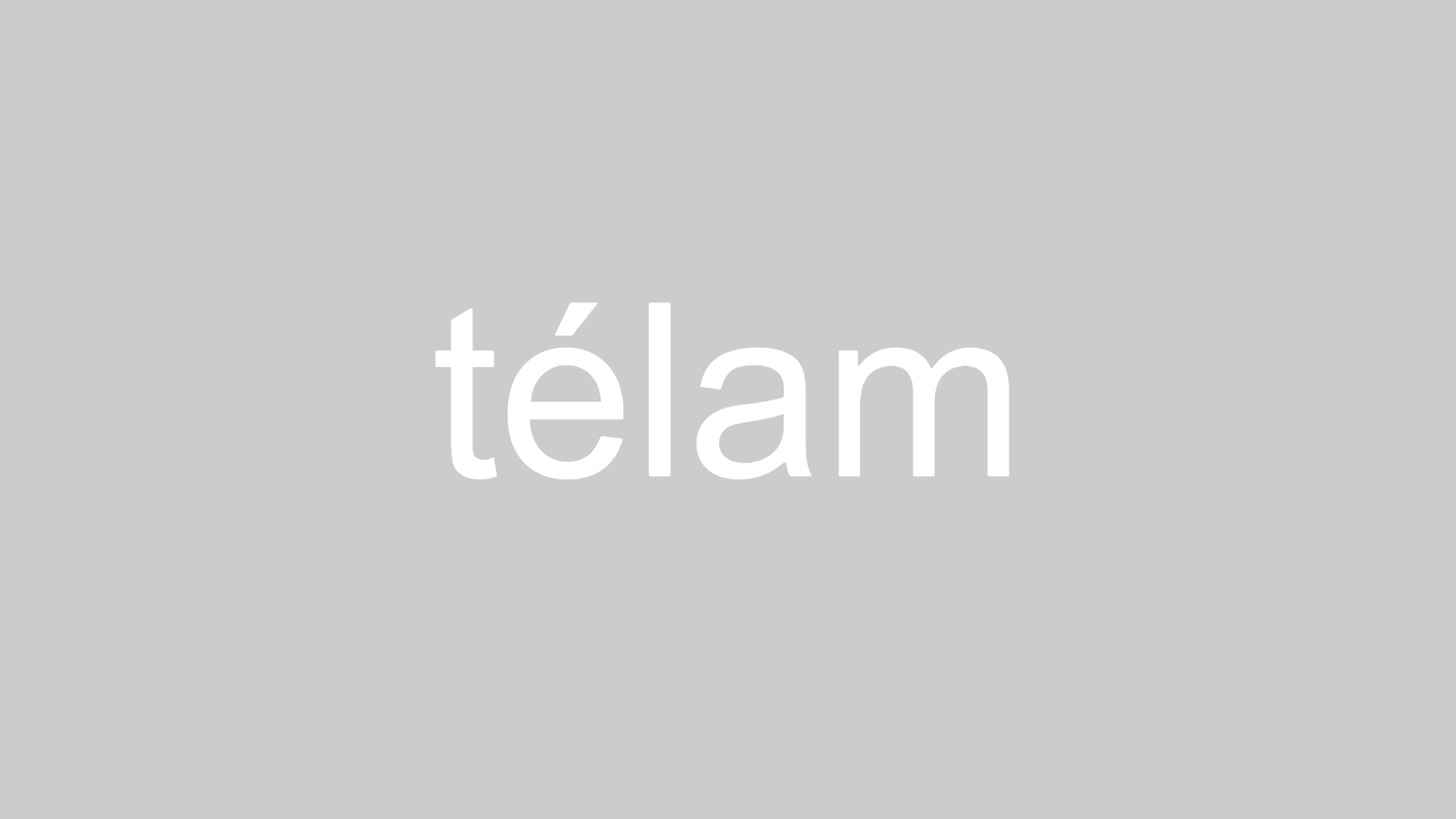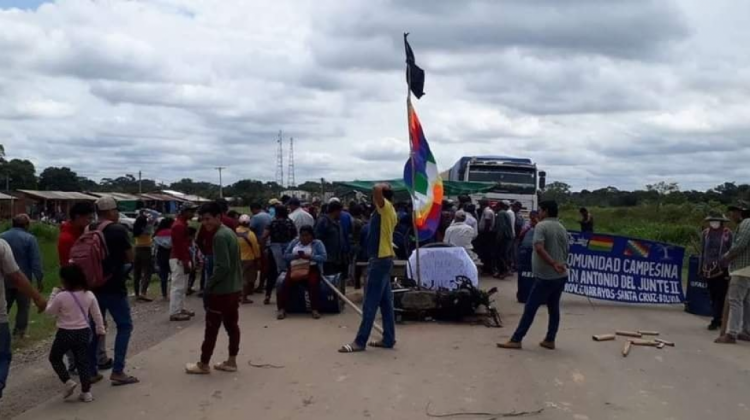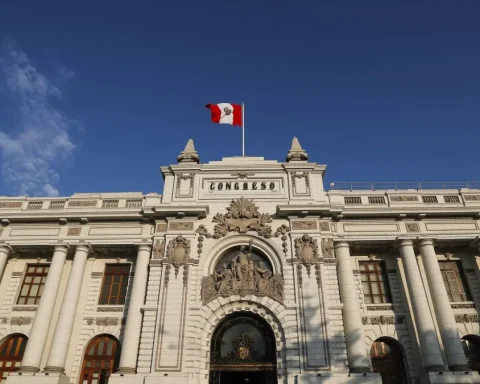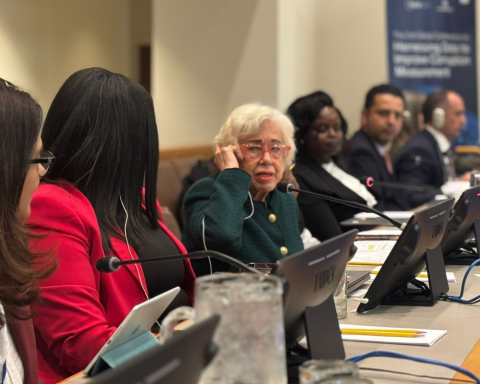The documents that confirm the complicity of sectors of the international press with the civic-military dictatorship of Argentina
“What you call successes are mistakes,
those who recognize as mistakes are crimes
and what they omit are calamities.”
Rodolfo Walsh, March 24, 1977
The bureaucracy of state terrorism left imprints of its atrocities. In this case, Télam presents eight folders with information never before revealed that exposes one of the obsessions of the criminal regime that took power on March 24, 1976: its attempt to counteract at the international level what the military junta defined as a campaign “anti-Argentine” which was, in truth, a succession of denunciations in the country but, above all, abroad for the torture and disappearance of thousands of people in the extermination camps that the dictatorship deployed throughout Argentina.
The dictatorship designed an action of counterinformation and propaganda that had the advice of the influential multinational advertising and communication agency Burson-Marsteller, and which had the Ministry of Foreign Affairs as the body from which the plan was articulated through which the genocidal government it tried to neutralize the questions it received in the main capitals of the world for its systematic violation of human rights.
In the basements of the Palacio San Martín, headquarters of the Foreign Ministry, the press office was located. A ministry that, in the distribution of power among the three forces, remained under the orbit of the Navy, commanded by Emilio Massera. Every day, people who were detained and disappeared were transferred from the ESMA to the secluded building in the Retiro neighborhood to work on preparing the files and monitoring the news published about Argentina in the international press. A slave labor that was confirmed for the first time before the Justice, in 1985, by the statements of some survivors in the Juntas Trial. The eight folders that are detailed in this investigation made up that file of horror with which the military regime systematized the planning of the lie. The folios of the folders found indicate that there were hundreds of bibliographies made that have not yet seen the light and that they may never be found. But they existed, as evidenced by the documents presented exclusively by Télam.
The journalist Enrique Vázquez carried out the journalistic investigation, which was joined by a multidisciplinary team from the agency. The work details the content of the records that remained hidden for more than 40 years. The narrative is completed with a historical context that highlights some of the actions of State terrorism or civil resistance to the regime that had an impact of international relevance, such as the disappearance and murder of journalist and writer Rodolfo Walsh, the kidnapping of the journalist Jacobo Timerman or the murder of the founders of Mothers of Plaza de Mayo and the French nuns. The 1978 World Cup that attracted the eyes of the world to Argentina is also highlighted.
One of the maneuvers of the civic-military dictatorship was the invitation of journalists from different central countries in which there was a presence of Argentine exiles and complaints against the human rights violations of the government of Jorge Rafael Videla.
In each of these eight folders, some journalists and media outlets who agreed to be part of the propaganda operation remained hidden for more than four decades; the exchanges of letters, recommendations and praise, the invitations and even the cables reserved with confidential information.
A central part of the planning of the lie remained hidden. Until today.
1981 Enrique Fairlie Fuentes
origin: Mexico
The gift that arrived from Mexico
By Enrique Vazquez
both in the Judgment to the Boards like in the cause 1270people who were detained-disappeared in the Superior School of Mechanics of the Navy (ESMA) They not only denounced torture and humiliation, but also having been forced to perform slave labor; some carried out administrative tasks in the “fishbowl” of the ESMA building itself and others in the Ministries of Social Welfare or Foreign Relations, spaces occupied by Emilio Eduardo Massera in the cabinet of Jorge Raphael Videla.
The random rescue of 8 folders destined for dump trucks corroborates those statements, and incidentally reveals one of the methods used by the last dictatorship to hide both the genocidal nature of the repression and the hardship derived from its economic policy.
The folders, made by women who slept partitioned off at night in the “Hood” of the ESMA and during the day they worked as attached to the Press Office of the Ministry of Foreign Affairs, in the splendid Palacio San Martín, they document step by step how the notes “in favor” were obtained in media such as The Washington Star or The Figaro.
In the place www.memoriaabierta.org.ar You can consult the testimonies of the survivors Miriam Lewin, Marta Varela and Graciela García Romero.
This first installment, on the folder that bears the number 161, revolves around the invitation that the ambassador in Mexico, Carlos Gomez Centurionaddressed the editorialist of “The Herald”, Henry Fairlie Fuentesin August 1978. The enthusiastic acceptance of Fairlie Fuentes reached the Foreign Ministry in September of that same year, together with a synthetic budget hand-delimited by the ambassador: tickets $1,020, stay $700 and “several” other $700. Total: $2,420.
Shortly after, and based on what was agreed, Fairlie Fuentes sent the written questionnaire that President Videla had to answer, with challenging questions such as “What happy time of your childhood would you like to repeat again?” or “What does he do in his spare time?”
Such a degree of abjection bothered the soldiers themselves, who in January ’79 asked him for a second questionnaire “limited exclusively to current national and international issues.”
The questionnaire for Videla by Telam on Scribd
Fairlie Fuentes finally arrived in Buenos Aires in March ’79, he was received in Ezeiza by Raul Portal -an official from the Casa Rosada press office, the same one who would later be famous with the “Pum up!”- and staying with his wife in a double room at the Presidente hotel.

At the hotel he starred in an unpleasant episode, after sharing dinner with his wife and two Argentine friends. They ate the best dishes and enjoyed the best wines on the menu, to top off the evening with a couple of rounds of French cognac. After 2 in the morning, Fairlie Fuentes signed the bill and was about to go up to her room when the maitre d’ approached her and asked her if everything had been to her liking. The guest answered affirmatively: everything had been exquisite. “So, why didn’t he leave a tip for the waiters who were serving him for more than 4 hours?”, the gastronomic wanted to know. Fairlie Fuentes declared himself offended, took $3 out of his pocket and tossed it on the table.
The next day he presented his complaints to the Press Secretary of the Foreign Ministry, and a mob from the ESMA task force fell on the hotel reception. The manager apologized on behalf of himself and the company, promising to compensate Mr. Fairlie Fuentes by transferring him free of charge from the double room to an exclusive suite, but none of that was enough until the maitre tremulously apologized “for his audacity” to the manager. posh guest. The episode appears highlighted on a separate sheet with Portal’s signature.

Back in Mexico, Fairlie Fuentes wrote two stories for the front page and an editorial for page 6 of “El Heraldo”, with a profusion of dithyrambs towards Videla and the dictatorship.















